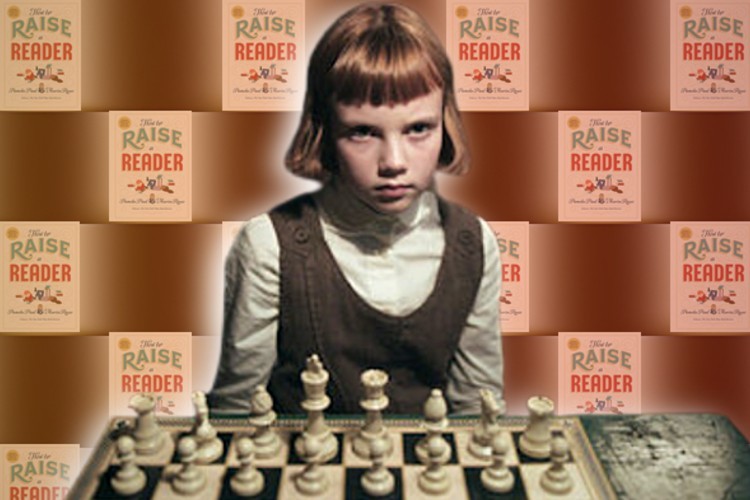A'Lelia Bundles Community Scholar Debbie Meyer works with the Decoding Dyslexia NYC Chapter and is a founding member of the Dyslexia (Plus) in Public Schools Task Force, a small group of community leaders working to help students with dyslexia and related language-based disabilities thrive in their neighborhood schools. As a Bundles Scholar, she examines the intersection of dyslexia and mass incarceration, and the role of universities in changing the trajectory of struggling readers. Below is an excerpt of an article she recently wrote for Education Post about the neurodiversity and language learning.
When I give presentations about dyslexia, I often illustrate how neurodiversity works by showing a chessboard. Some people can easily see all the patterns of moves on a chessboard and can play out a game ten moves or more at a time in their head. Other people struggle to memorize the movement patterns of each piece.
Over a recent weekend, I binge-watched The Queen’s Gambit and read How to Raise a Reader. The combination of watching the film and reading the book so closely together sparked an insight: when we celebrate a chess champion, we value neurodiversity. But when we over-focus on the minority of student readers who need unusually little instruction to understand patterns of written English, we ignore and punish neurodiversity.
To understand neurodiversity in reading, you might watch Kelly Sandman Hurley’s TED Talk and you might look at Nancy Young’s Ladder of Reading. As Hurley’s TED Talk mentions, not all kids will learn to read solely from the instruction available to them in school. The pandemic has brought this truth home to parents. With parents co-teaching their children at home, they can see when their children lack reading skills and when teachers aren’t meeting their needs. When schools closed last spring, my phone began ringing and my email box filled up with appeals for help. And again, this fall, just as the first quarter of school was ending in New York City, I received three calls for help from families with struggling readers.
If your child were one of the 60% of children who struggle with reading to some degree, might you turn for help to a book like How to Raise a Reader? You might. You might even double down on some of their advice. Unfortunately, if your struggling reader is like mine was, your child still wouldn’t learn to read.
Read the full article at Education Post.
